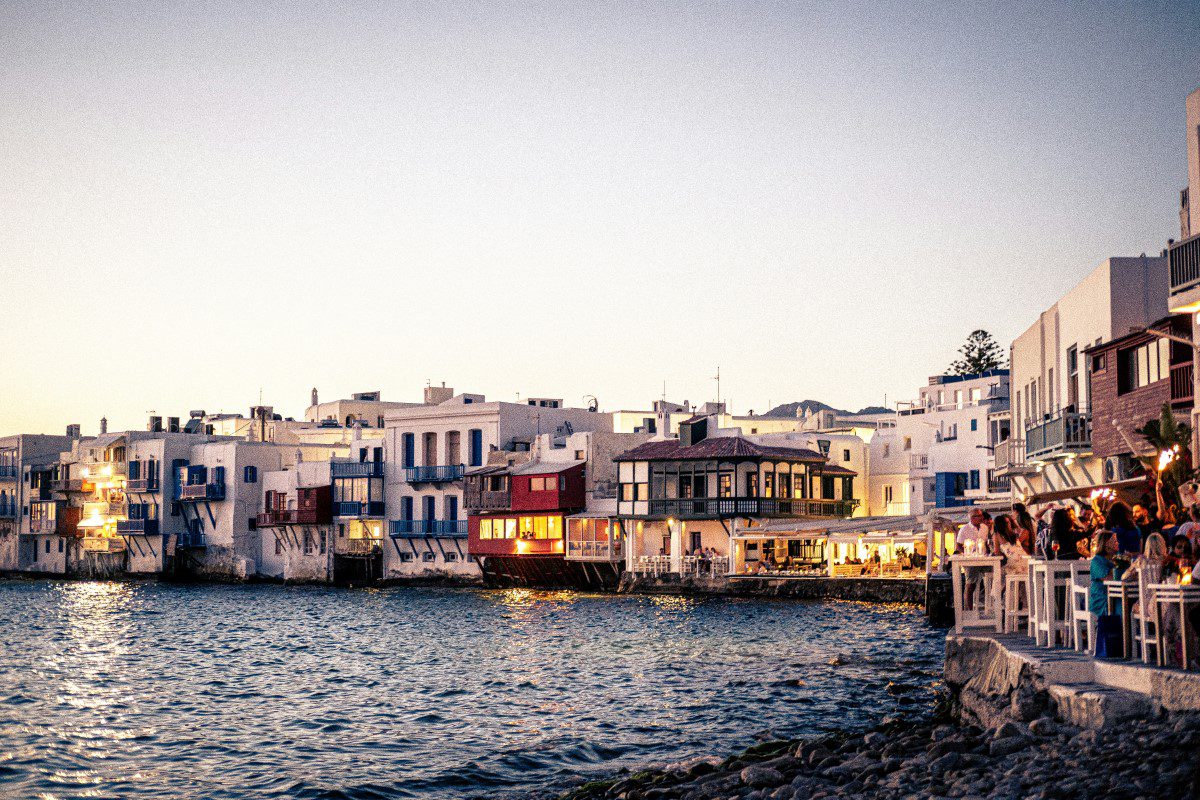Coastal towns have long been associated with beautiful scenery, a booming tourist industry, and a strong marine economy. But, as urbanization and travel patterns change worldwide, these areas are under more pressure to be creative and maintain their local businesses.
Improving waterfront infrastructure — especially through companies focused on basic goods and services like boat dock supplies — is one of the most important components of this development. These companies help the boating and fishing sectors as well as help build a stronger local economy.
Building Strong Foundations: The Role of Waterfront Infrastructure
Functional and well-kept waterfronts are absolutely vital for coastal businesses. More than just launching points for boats, docks, marinas, and piers are hubs of activity, drawing tourism, supporting businesses, and raising property values. Coastal development depends on companies that provide building and maintenance tools as well as materials.
For instance, the vibrant center for boating and water activities, Panama City Beach, depends on its extensive array of docks and marinas. Companies providing boat dock supplies guarantee that nearby companies and households have access to robust, premium materials for the construction and repair of these structures. This guarantees the waterfront’s safety and utility for both locals and visitors, thus preserving its visual appeal as well.
The Tourism-Driven Economy
For most coastal towns, tourism still serves as their lifeblood. Although visitors swarm beaches for water sports, aesthetic appeal, and leisure, their experience is greatly impacted by the state of the infrastructure. Boating aficionados, fishermen, and even vacationers wishing to enjoy waterfront restaurants or sightseeing find great reasons to stay in safe and presentable docks.
Businesses that meet these needs — those of pilings, decking materials, and dock accessories — play a key part in improving the whole travel experience. For example, a tourist’s decision to return to a place or look elsewhere may hinge on how well-maintained the port is. This cascade of occurrences emphasizes the need for ongoing waterfront infrastructure development through continuous investments.
Sustainability and Innovation: The New Frontier
The demand for creative and sustainable dock solutions is increasing as climate change affects coastal areas experiencing rising sea levels and more frequent storms. Companies are now looking at environmentally friendly building techniques and materials in order to minimize their environmental impact. Dock repair and construction professionals are seeing a rise in the use of treated woods and recycled composites due to their resistance to severe marine environments.
Including sustainable techniques also fits the environmentally sensitive ideals of today’s consumers. Both visitors and locals find interest in towns that show a dedication to protecting their natural environment. Green ideas embraced by coastal enterprises not only draw more clients but also help them establish themselves as leaders in environmental preservation.
A Booming Local Economy
Beyond the immediate advantages for enjoyment and travel, companies supplying dock supplies and associated services create a chain reaction of economic possibilities. Small-scale stores, marine engineers, and contractors all rely on a consistent supply of goods to satisfy waterfront property owners and developers. These companies also create local employment from sales and installation to manufacture.
This interconnected economy is best shown by Panama City Beach, where suppliers of dock supplies help a chain of businesses to flourish. The availability of basic resources helps homeowners and investors to feel confident, which stimulates new building projects and renovations.
The Future of Coastal Growth
Coastal towns’ success hinges on their capacity for adaptation and creative inspiration. Leading this change are companies focused on boat dock supplies and other fundamental amenities, therefore promoting sustainable development and improving the quality of life for locals and tourists. Investing in waterfront infrastructure helps these areas remain lively, active attractions for generations to come.
One thing is obvious as coastal areas change: the link between businesses and beaches is more robust than it has ever been. By means of cooperation, creativity, and environmental consciousness, these towns are laying the foundations for a better, more resilient future.

